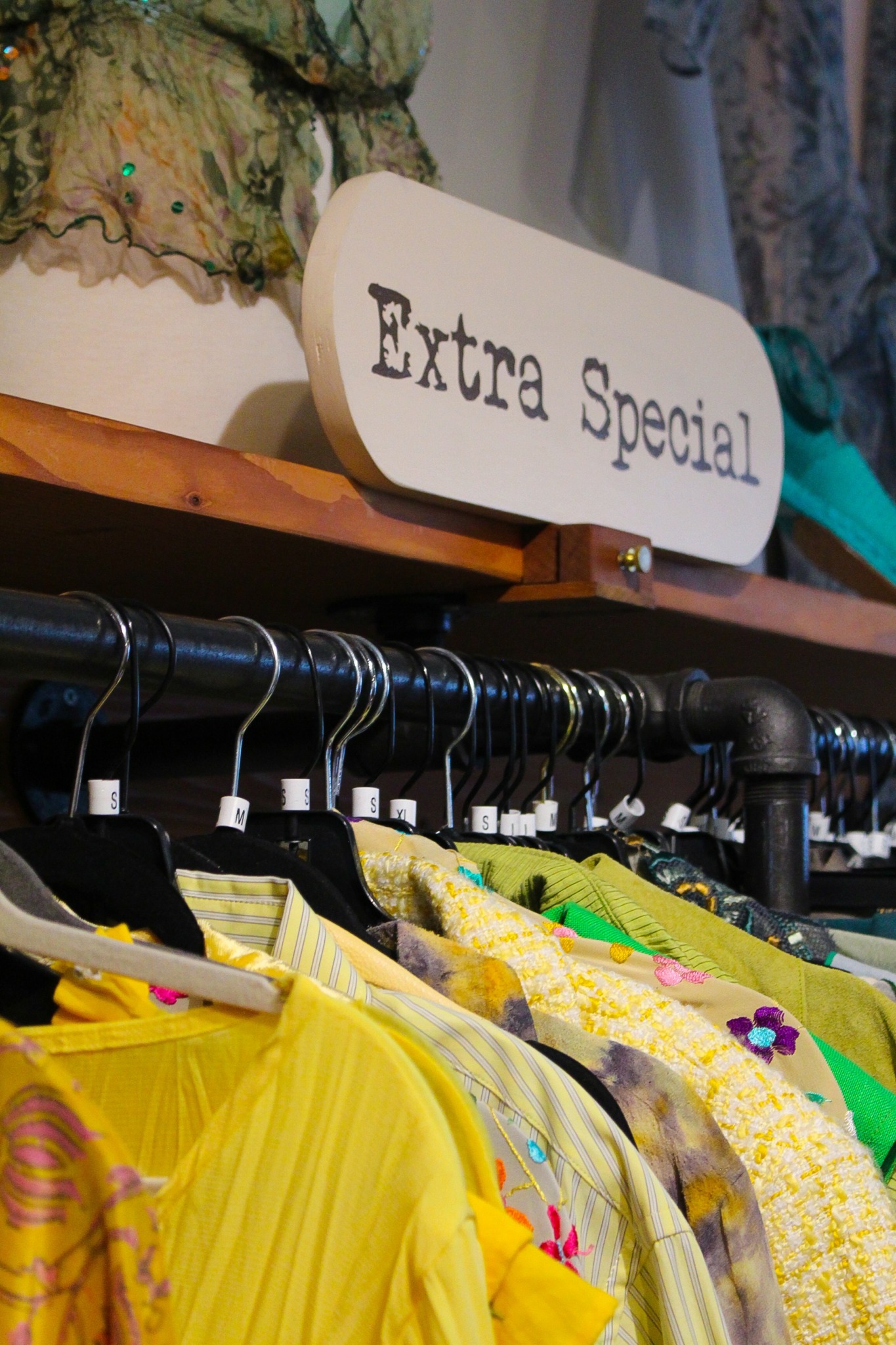We caught up with the brilliant and insightful Jennifer Rowland a few weeks ago and have shared our conversation below.
Jennifer, appreciate you joining us today. Let’s kick things off with your mission – what is it and what’s the story behind why it’s your mission?
When we opened Art.i.fact in 2014, my husband and I were committed to Art.i.fact being “more than a store.” Yes, we want people to come to the store to find the coolest, most unique consigned clothing and accessories, but we also want them to feel like they are part of something larger. Toward that end, we work with local nonprofit organizations to host special shopping events, toy drives, and sock drives. We also partner with the local women’s shelter by selling appropriate clothing that they receive as donations and giving the shelter most of the proceeds. Additionally, we created “Clothes for a Cause,” a program in which consignors choose to donate the proceeds from their sales to a local nonprofit of their choice. Through these various activities, we’ve donated thousands of dollars over the years.

Awesome – so before we get into the rest of our questions, can you briefly introduce yourself to our readers.
Like many entrepreneurs, Michael and I were tired of working for someone else. I had always wanted to have a small consignment store; I love fashion and second-hand treasure hunting. But having a store in Los Angeles, where we lived, was tricky (high rent, high cost of living, etc.). One of us would have to have a traditional job so we’d feel secure with mortgage payments and health insurance. In 2012, we decided to take the plunge and leave Los Angeles for New Mexico, where the cost of living was lower and the lifestyle was more attuned to our values. The idea was to re-invent ourselves. Before we could do that, though, we needed to get established. We both got jobs at a private school in a rural community, and we spent our free time dreaming and planning for the next step. Finally, in 2014, a space in Santa Fe became available for rent. We weren’t ready, but it the opportunity was too perfect. We took the plunge. Michael, who was not particularly a fashion guy, was all-in. He became our Operations Director. A woodworker, artist, and general creative talent, he built all of the store fixtures and took on the accounting. He is also our tech guru. I do the marketing, inventory management, and merchandising. About six months in, we decided we needed help. We signed up with a business coach, and from that point, our growth sky-rocketed. We started hiring staff and made it a clear mandate that customer service was our priority. We don’t simply sell clothes; we sell the experience. We never talk people into buying something – in fact, we often talk them out of it if we can tell they aren’t really committed to the piece. We aren’t looking for the quick sale, but the long-term relationship. Our loyalty program bears this out: between 60-75% of our customers are returning, and in a town that relies on tourism for most of its retail, those numbers are a source of pride.
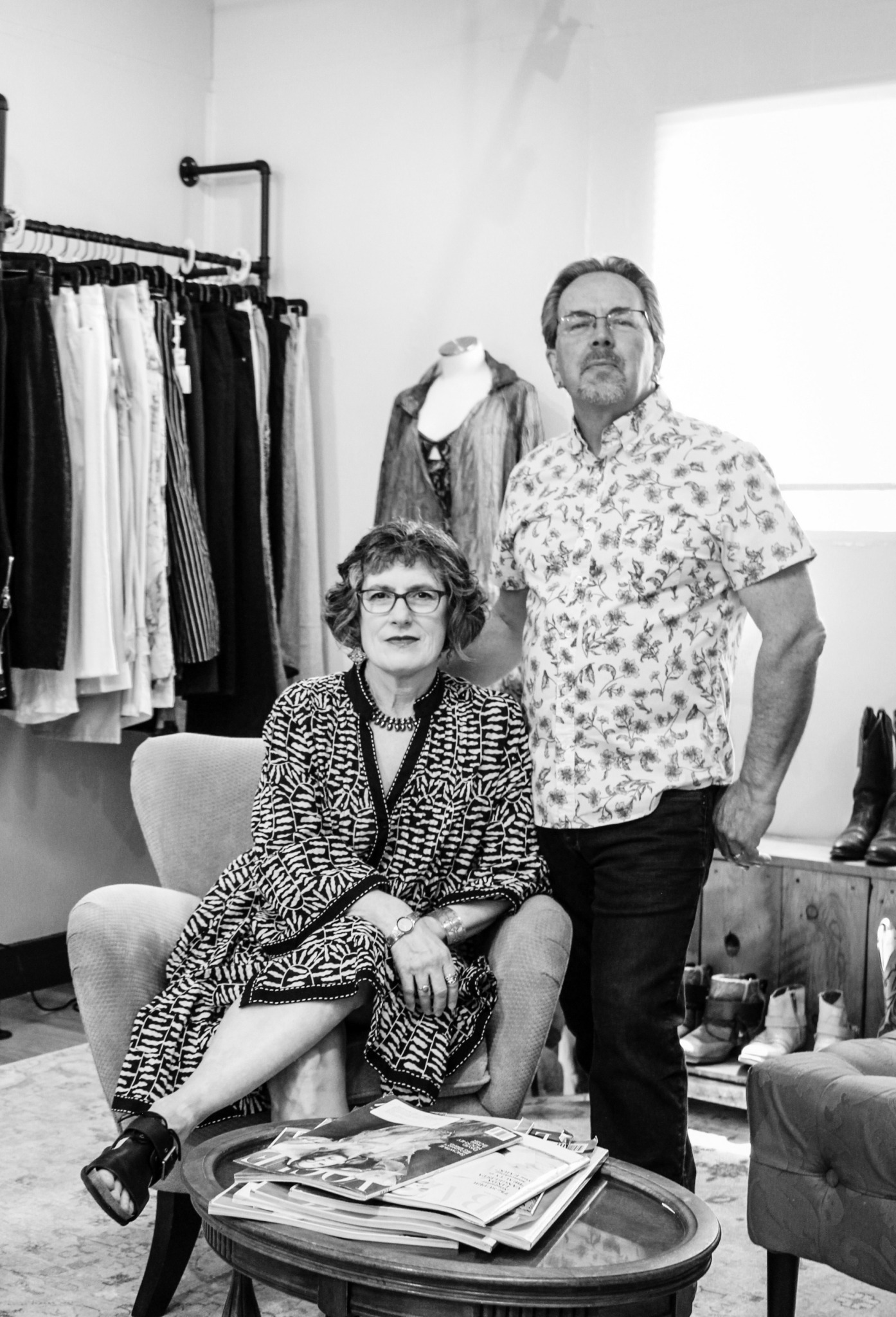
Let’s talk about resilience next – do you have a story you can share with us?
Any business that survived Covid can give a lesson in resilience. Fortunately, about six months before the shutdown, we had converted our website to a Shopify format and were able to go into full online sales mode. We sent out emails and used social media to generate those sales. We took advantage of the government loan programs. We laid off our staff of four part-time employees and managed the business ourselves – something we did through 2022, when we gradually rehired staff. We did door-drops for consignors and local deliveries for customers. In the end, we never missed a rent payment, never missed a payment request for a consignor, and managed to maintain inventory and our solid reputation.
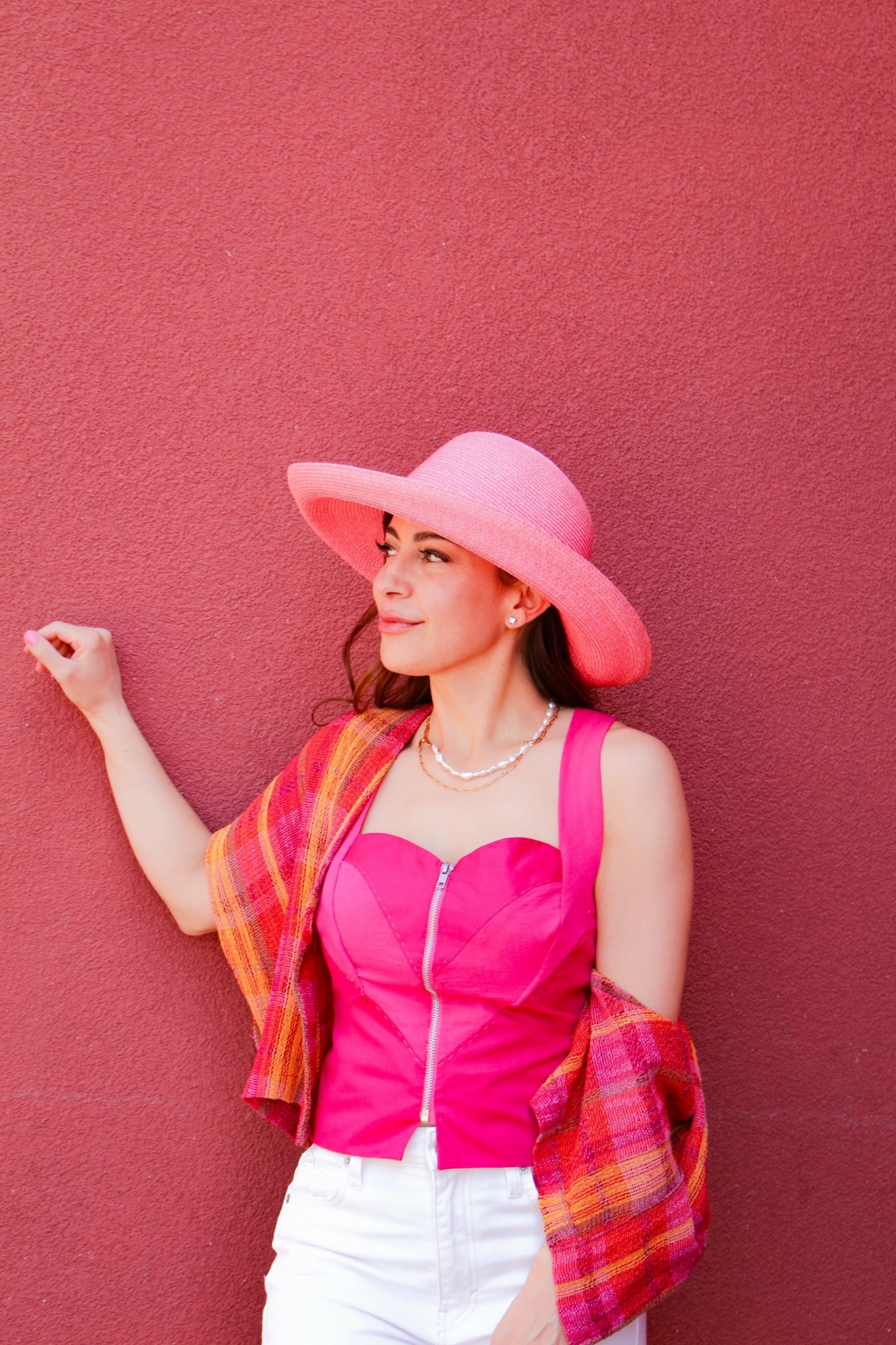
We’d love to hear the story of how you turned a side-hustle into a something much bigger.
During our first year together as a couple, Michael and I decided to launch an art gallery in an up-and-coming part of Los Angeles. It was definitely a side hustle, and we joke now that it was the equivalent of an MBA. We had no idea what we were doing, but we both loved art and wanted to be part of the emerging scene. The gallery was open Friday, Saturday and Sunday. We had massive opening parties and cool events (poetry readings, live music, etc.) but art sales were not great. What kept the doors open was my “gift shop” of vintage treasures from flea markets and yard sales that I’d find and fix up. We had cool clothing and jewelry. There were months when those items helped us pay the rent. When we decided to open a business in New Mexico, we flipped the model and put the clothing and jewelry out front, and created a small gallery in a back room. The gallery was part of our community model. Sadly, that was the one piece of the business that fell victim to Covid: We had to convert the gallery to a photo studio for the online store.
Contact Info:
- Website: https://www.artifactsantafe.com
- Instagram: @artifactsantafe
- Facebook: @artifactsantafe
- Other: email: [email protected]
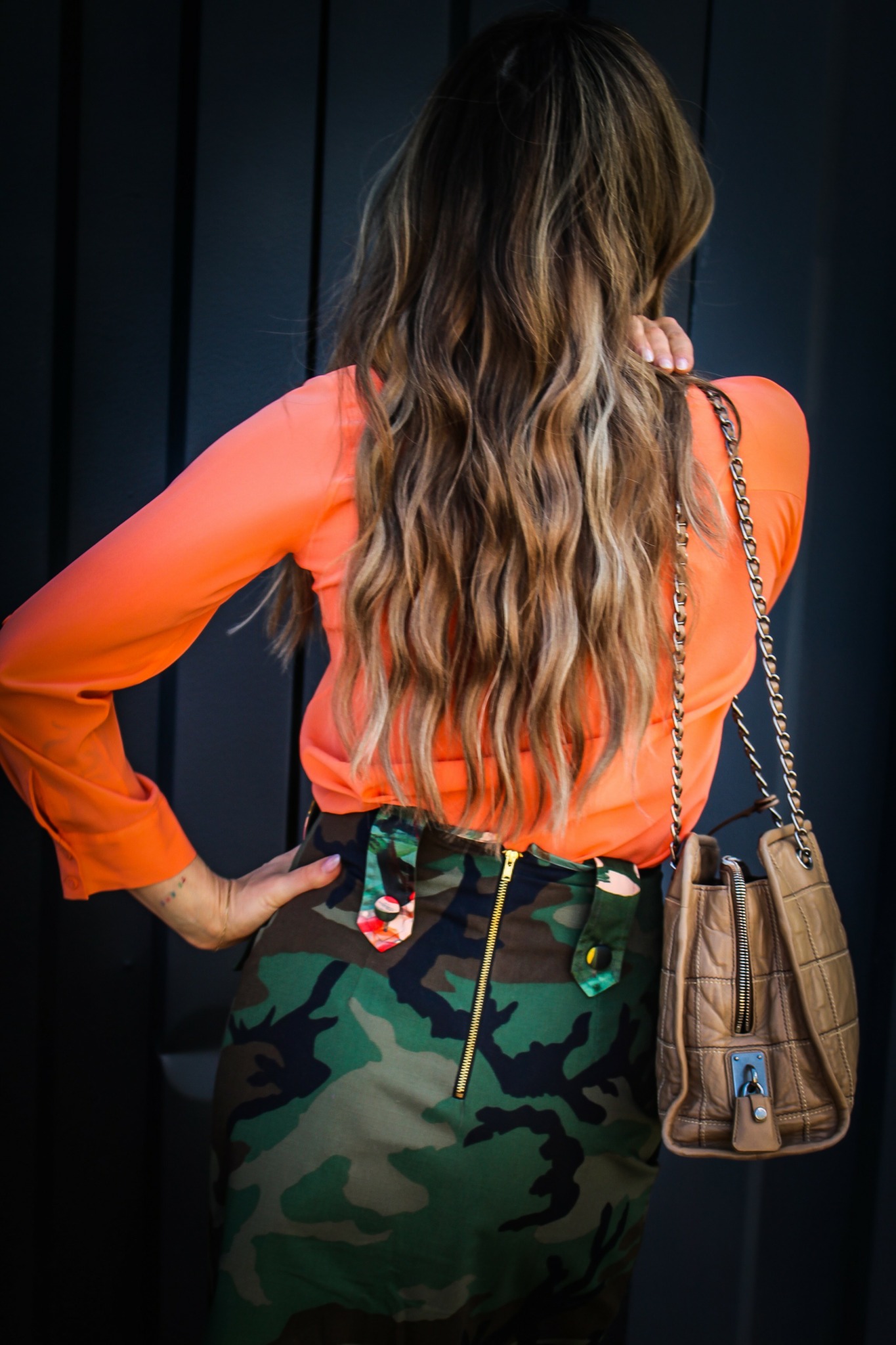
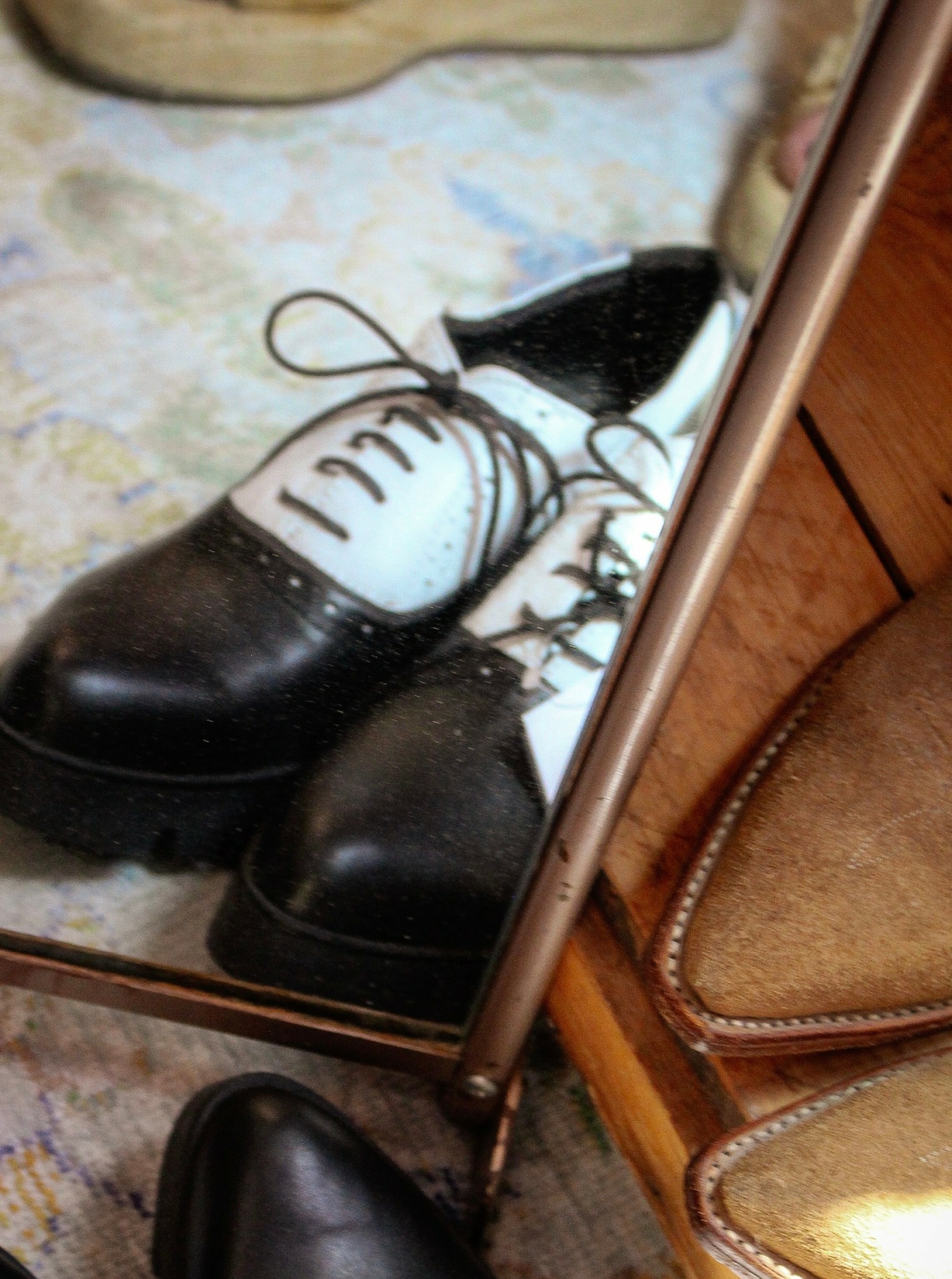
Image Credits
Images by Samantha Ruble.


